Antique clocks, with their intricate designs and historical significance, have always been prized possessions for collectors and enthusiasts. However, not all antique clocks are created equal when it comes to value. Certain timepieces stand out in the world of antiques, commanding significant prices due to a combination of factors.
Age and Rarity
One of the primary factors influencing the value of an antique clock is its age. Clocks that have stood the test of time and are several decades or even centuries old often command higher prices. However, age alone is not enough; rarity plays a crucial role as well. Clocks produced in limited quantities or from a specific era may attract collectors seeking unique and uncommon pieces.
Maker and Brand
The reputation of the clockmaker or brand significantly influences the value of antique clocks. Clocks crafted by renowned makers or prestigious manufacturers often carry a premium. Famous clockmakers such as Thomas Tompion, George Graham, and Eli Terry are highly sought after, as are clocks produced by prestigious companies like Tiffany & Co. or the E. Howard Clock Company.
Materials and Craftsmanship
The materials used in crafting an antique clock and the level of craftsmanship involved can greatly impact its value. Clocks made from high-quality materials such as solid wood, brass, or precious metals are generally more valuable. The intricacy of the clock’s design, including hand-carved details, inlay work, and ornate features, adds to its appeal.
Antique Clock Condition
The condition of an antique clock is a critical factor in determining its value. Clocks that have been well-preserved, with minimal wear and tear, often command higher prices. Original components, such as clock faces, hands, and movements, contribute to authenticity and can significantly affect value. Clocks that have been professionally restored, while maintaining historical accuracy, may also be highly prized.
Type and Style
Different types and styles of antique clocks appeal to different collectors. Grandfather clocks, mantel clocks, wall clocks, and carriage clocks each have their own unique charm. Additionally, certain design styles, such as Art Deco, Victorian, or Gothic, may be more desirable depending on current trends in the antique market.
Historical Significance of Antique Clock
Clocks with historical significance or provenance can be particularly valuable. If an antique clock has a documented history of ownership by a notable figure or a connection to a significant event, its value may increase substantially.
Valuable antique clocks
To answer the question ”What old clocks are worth money?” We will consider some types of antique clocks that are known to be particularly valuable.
1. Antique Grandfather Clocks
Grandfather clocks, also known as longcase or tall-case clocks, are iconic timepieces that often hold substantial value. These majestic clocks, with their imposing presence and elegant designs, have been crafted by renowned makers such as George Graham and Thomas Tompion. The combination of impressive height, quality craftsmanship, and historical significance makes grandfather clocks sought after by collectors.
2. Antique Marine Chronometers
Marine chronometers or nautical clocks, precision timekeeping instruments used for navigation at sea, are highly valued in the antique market. Crafted by esteemed makers like John Harrison, these clocks played a crucial role in maritime history. Their rarity, functionality, and connection to seafaring adventures contribute to their high market value.
3. Antique Mantel Clocks by Renowned Makers
Mantel clocks, popular for their versatility and decorative appeal, can command significant value when crafted by renowned makers. Antique mantel clocks from esteemed clockmakers such as Seth Thomas, Eli Terry, or Samuel Marti are highly sought after. These clocks often showcase exquisite craftsmanship and can vary in style from the ornate to the minimalist.
4. Antique Atmos Clocks
Atmos clocks, manufactured by Jaeger-LeCoultre, are unique in their design and operation. These clocks are powered by changes in temperature and require no winding. Their innovation, combined with the reputation of the Swiss manufacturer, contributes to their desirability among collectors.
5. Antique Regulator Clocks
Regulator clocks, known for their precision and accuracy, were often used as reference clocks in workshops and observatories. Antique regulator clocks, especially those with precision movements and exceptional craftsmanship, are prized by collectors interested in timekeeping accuracy and historical significance.
6. Rare Wall Clocks
Wall clocks from specific makers or those produced in limited quantities can hold substantial value. Unique features, such as astronomical dials or unusual complications, contribute to the desirability of these rare wall clocks. Examples include clocks by E. Howard & Co. and rare astronomical regulators.
7. French Cartel Clocks
French cartel clocks, characterized by their ornate wall-mounted designs, often feature elaborate gilt bronze or brass cases. Clocks from esteemed French makers such as Boulle, Leroy, or Denière can be highly valuable due to their intricate detailing and association with French craftsmanship.
The world of antique clocks is diverse and fascinating, with a wide range of timepieces that hold both historical and monetary value. Grandfather clocks, marine chronometers, mantel clocks by renowned makers, Atmos clocks, regulator clocks, rare wall clocks, and French cartel clocks are just a few examples of antique clocks that are known to command significant prices in the market.


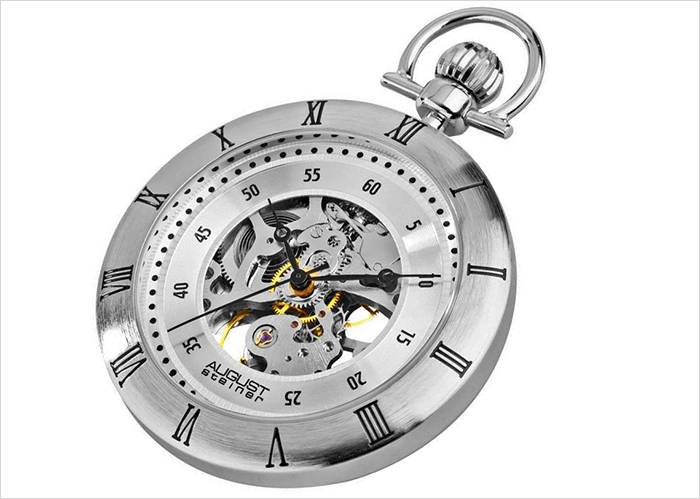
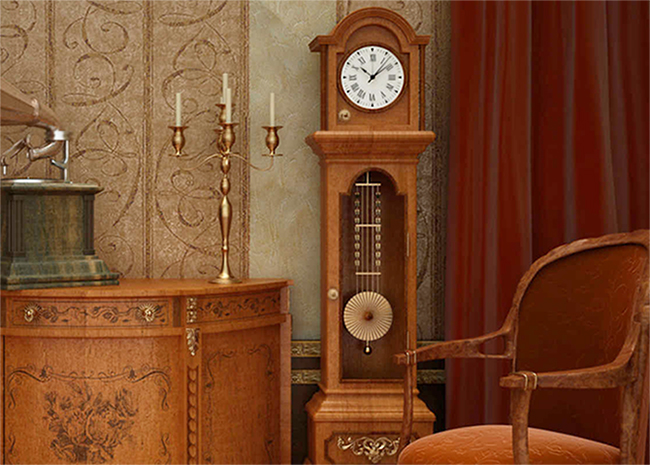
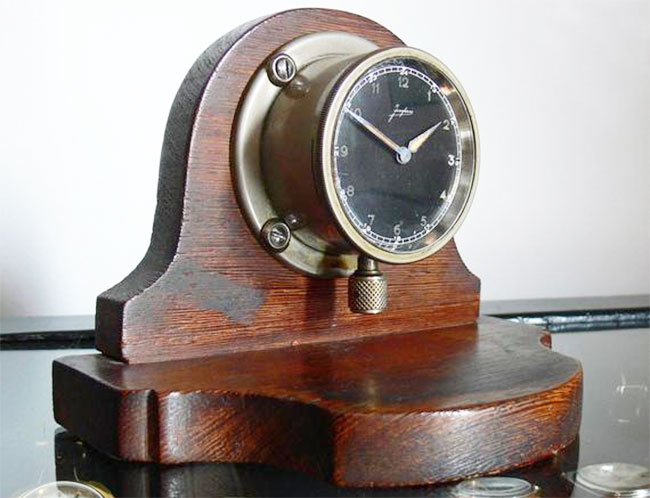
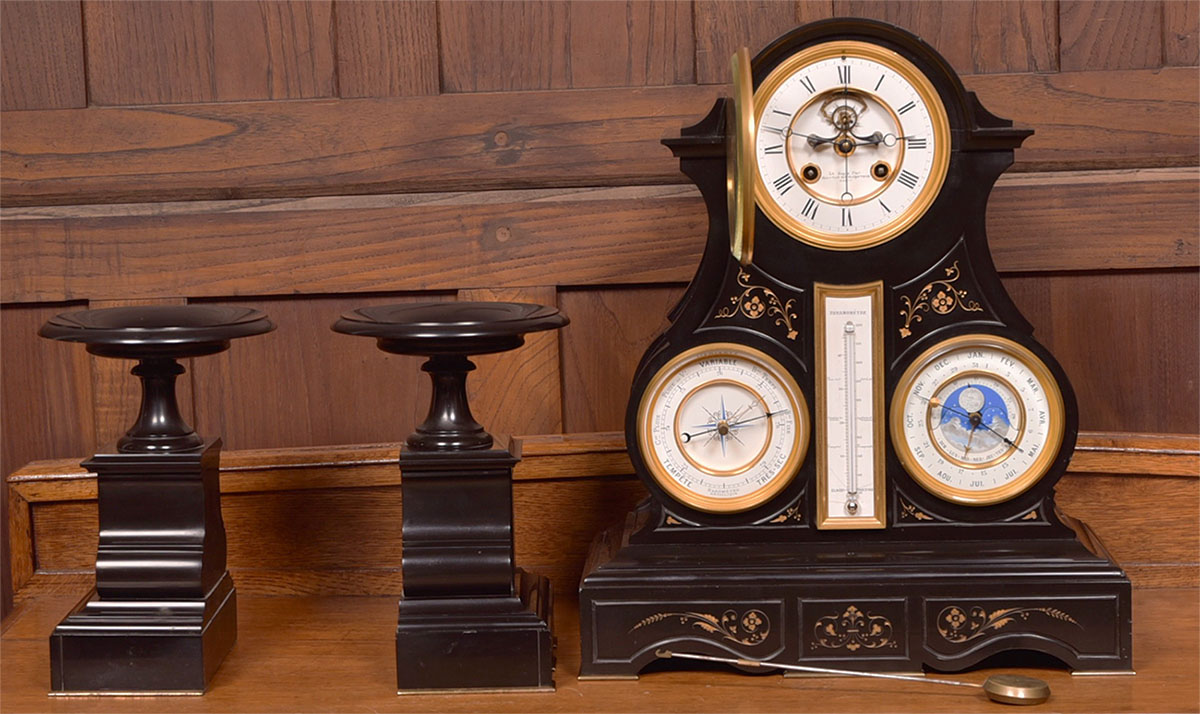



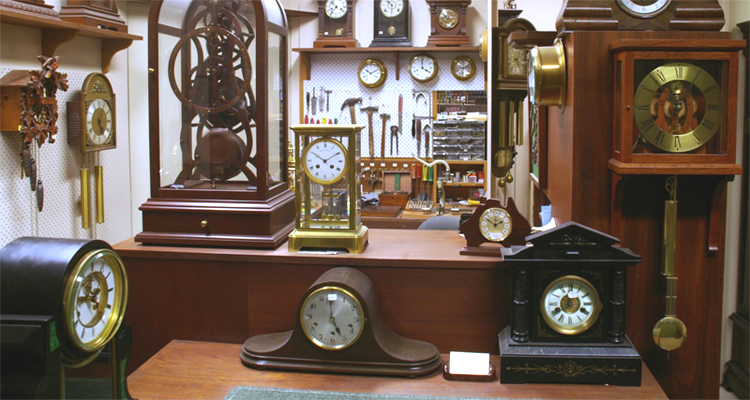
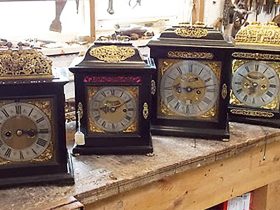
Leave a Reply